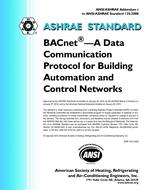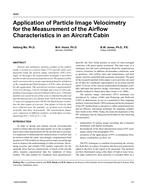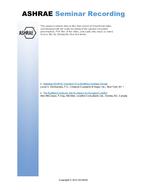The concept of sustainability and high performance is leading public and private sectors to shift their strategic direction towards integrating smart building technologies and training of operations and maintenance staff into all aspects of design and construction. This process is transforming the investments in buildings towards multiple dimensions of workforce productivity, lower cost of utilities and services, brand image, environmental compliance, eco-friendliness, and corporate and social responsibility. However, efforts to sustain the intended sustainable performance with regards to low energy use, indoor comfort and projected operating costs over the long term use of the building has become challenging. To mitigate this requires investment decisions promoting area specific applications, customer intimacy, behavioral changes, timely communications, transformation of middle management and Buildings Managers. Balancing of social, economic and environmental benefits with people spaces and technologies is critical. Further adoption of emerging buildings technologies that provide monitoring, tracking, benchmarking, self-diagnostics and analytics for user-friendly guidance to the trained, certified and motivated operations staff can become an asset. After Construction, a Building operates for 30 to 100+ years and so integrating Operations & Maintenance into Design, Construction & Renovations is important for maintaining a more socially and environmentally responsible built-environment over the life cycle of facilities. Structured training of Buildings Managers and Operators can help in operational Improvements without significant capital needs. The U.S. government is faced with the ever-increasing challenge of managing the facilities and infrastructure. Along the recommendations of the Federal Facilities Council, the Congress passed, “FEDERAL BUILDING PERSONNEL TRAINING ACT OF 2010 – FBPTA” which mandates development of core competencies for facilities management and O&M staff. This presentation focuses on the tools and capacity building required in developing countries to advance greater sustainability. Traditional “Rules of Thumb” need to be modified and strengthened for high performance buildings.
Product Details
- Published:
- 2014
- Number of Pages:
- 8
- File Size:
- 1 file , 2.2 MB
- Product Code(s):
- D-2014EHPB-8
- Note:
- This product is unavailable in Russia, Belarus


